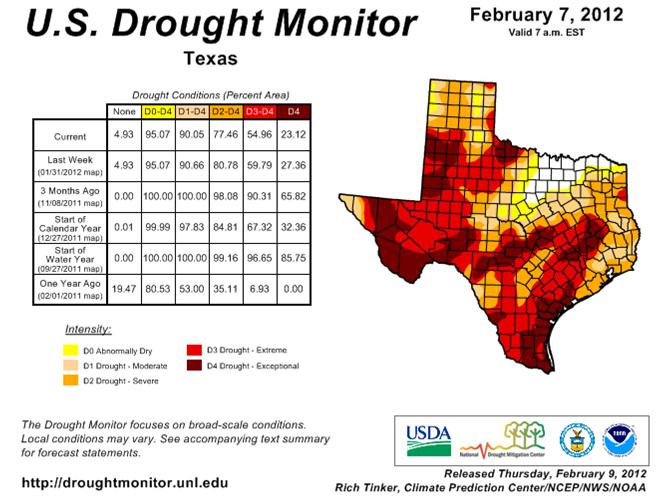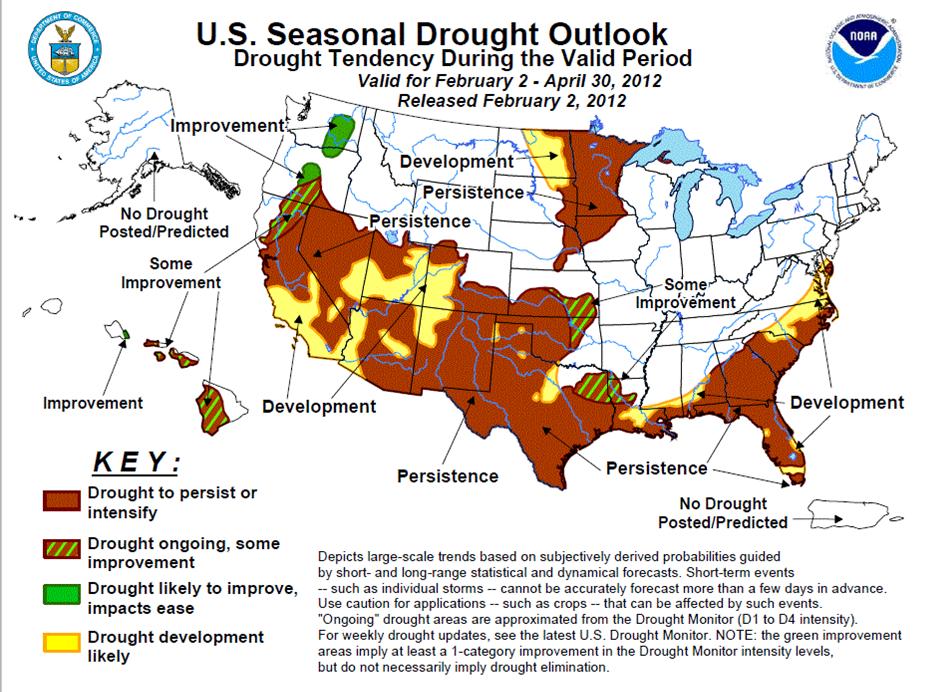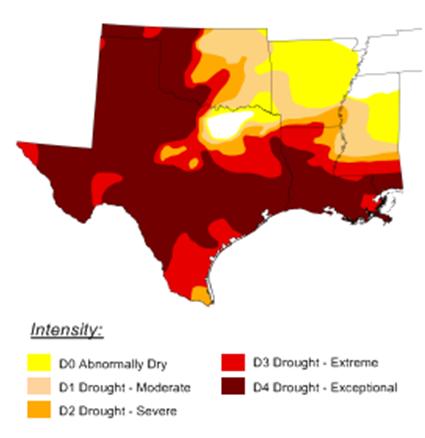Two years after the earthquake and accompanying tsunami that resulted in three of the reactors melting down at the Fukushima Dai-Ichi plant, nuclear engineers are still grappling with how to bring the facility under control. This plant was heavily damaged and to date, no one has been able to repair it. So it’s still badly broken and it is no wonder that power outages and water leaks continue to hamper the clean-up.
The United Nations atomic monitors, the International Atomic Energy Agency (IAEA), arrived at the Fukushima Dai-Ichi nuclear plant to review how contaminated water is being stored at the disaster site and assess decommissioning risks. Their arrival was met with reports that a large amount of radioactive water had leaked from the plant. The IAEA has made irregular visits to the Fukushima site since the March 11, 2011, disaster occurred. Their last visit was in December, 2012.
Currently, about 280,000 tons of highly radioactive water are stored at the Fukushima plant, according to Tokyo Electric Power Company (Tepco), the company that owns the plant. That’s enough to fill about 112 Olympic-sized swimming pools, according to Bloomberg News calculations.
So here is how we got to that much radioactive water. The reactor cores still have fuel inside that needs to be kept cool. To cool the cores, Tepco has had to continuously bring in water from outside and pour it in. That water flows down into the basement of the plant. From there, they pump it out, do an initial decontamination (they are able to remove some radioactive elements like cesium from the waste water, but other elements, like tritium, require more time to scrub) and store it. Initially, they were storing the radioactive water in metal tanks on site, but these tanks have been filling up because groundwater has also been coming into the basements so they recently switched to reservoirs – really just earthen pits that have been lined with sheets of plastic. It is somewhere in this complex process that these leaks have occurred and right now they believe the reservoirs are leaking. Here is a cleanup strategy as jaw-droppingly “maybe should have gone with something a bit less duct-tape home repair” short-sighted as the cleanup of the Pegasus Tar Sands spill in Arkansas with what appears to be paper towels that was ridiculed on the Rachel Maddow Show and the Colbert Report.
There are monitors around all the reservoirs, so they have pin pointed which ones are leaking, but they don’t know how much has leaked. What we do know is that fish and mollusks within 12.4 miles of the Fukushima plant have surpassed baseline measures of radioactivity, according to Tepco’s most recent environmental monitoring report published April 12. One specimen tested near the port entrance to Fukushima Dai-Ichi was 4,300-times more radioactive than what Japanese officials consider standard and may pose health risks.
Some say clean up is decades away, I say that is a nice fairy tale. Fukashima still has fuel inside, the spent fuel that was being stored above the reactors is still there, and no one can get to any of it right now. The area is just too radioactive. So they will have to wait for all the fuel to cool down and then figure out how to go in there and get it out. It will be years before they can even open up the reactors. But the reality is that nuclear power plant disasters of this magnitude will take generations to clean up.
In six days we will commemorate the 27th anniversary of the nuclear disaster at the Chernobyl Nuclear Power Plant. Only 2 miles away from the reactor, the company town of Pripyat, remains deserted and unfit for human habitation for hundreds of years to come.
Chernobyl sits inside a fenced area known as the Exclusion Zone. Radioactive remnants of the failed reactor continue to smolder inside a modern day sarcophagus, a concrete and steel encasement hastily erected after the accident. Leaky and structurally unsound, it now threatens to collapse, shaking loose enough radiation to cause a second disaster of similar magnitude. Work has already started on a new encasement, which will slide over the existing sarcophagus to seal in the remaining nuclear fuel. In the mean time desperate efforts are underway to shore up the sarcophagus to protect it from collapsing.
While our nation has avoided a disaster equal to these, our nuclear fleet of 104 reactors is an aging one, many of which are close to heavily populated areas of the country, and there is no absolute guarantee that the U.S. is invulnerable to a disaster of this magnitude. We should all keep this in mind as nuclear plant after nuclear plant applies for a license extension that will go well beyond the expected life planned for these plants.
Read Full Post »






